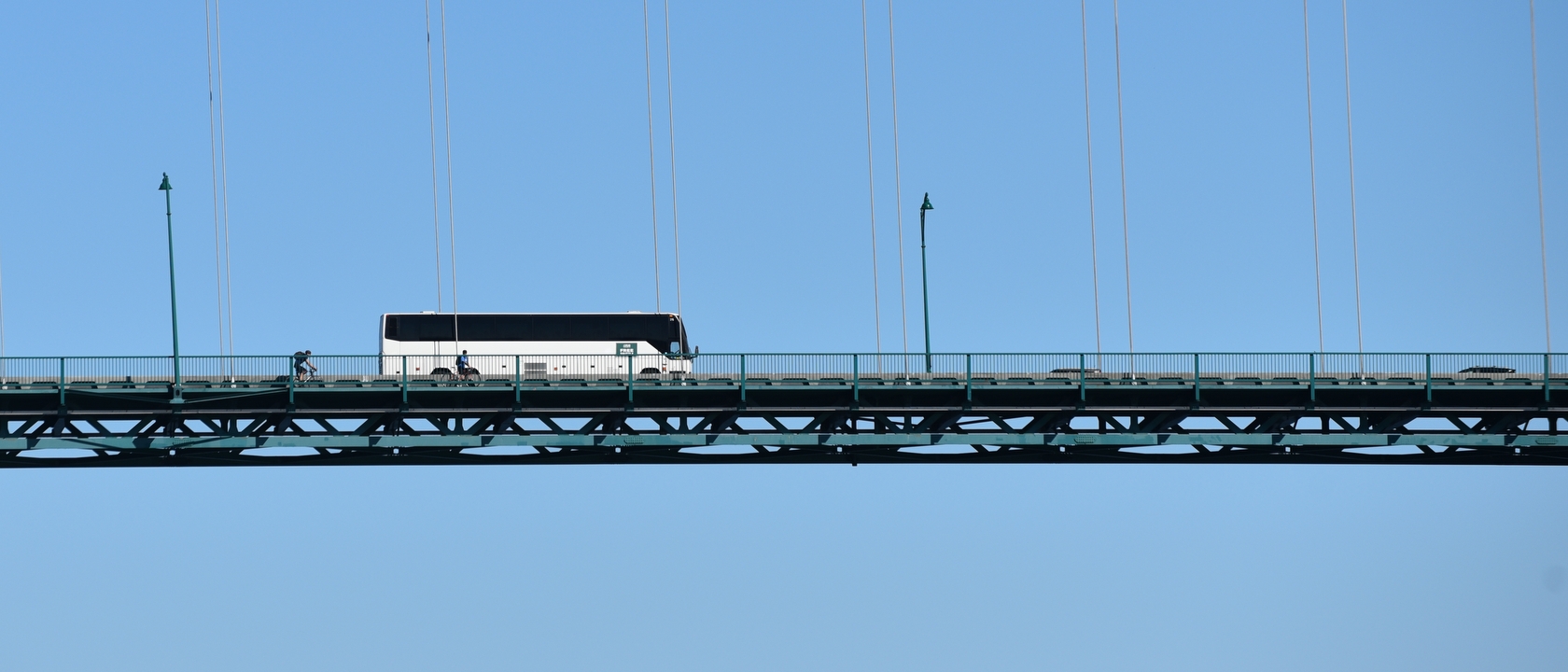SLOW TRAVEL

Anthem of the Seas, now under construction and the second of Royal Caribbean‘s Quantum-class ships passed a major milestone recently as the ship completed the docking out process at Meyer Werft Shipyard in Germany. This video shows the process in a unique and aesthetically pleasing way as lovely seafaring music plays in the background. That’s for us to enjoy. Let’s do that now, then read on.
Perhaps of more importance to those who have not sailed before, or those who have and wonder about the mechanics of cruise ships, are simple questions like “How does a cruise ship float?”, “If the ‘float out’ is a major milestone, what are other significant events?” and other related topics. In the first of a series all about Building A Cruise Ship, we take a closer look at what goes into that process, from A to Z.
Since we have this new video at hand, let’s jump right into the process.
The Float Out Process
Built in a dry dock facility, the initial stages of s cruise ship’s construction take place. Put simply, in the case of 168-ton Anthem of the Seas and other large ships, giant blocks of the ship are made and welded together to form the whole ship. Once that is done and before interior spaces are outfitted with what we see as passengers, that dry dock is flooded and the ship (hopefully) floats. Which brings up the question: How do cruise ships float?
This is actually a question that comes up more often than might be imagined, most often from cruise travelers who once sailed a small boat with a sail on a lake. That boat might have had a centerboard to help keep it stable and make maneuvering possible. Cruise ships do not work that way. They remain afloat thanks to two factors: buoyancy and displacement.
Why Cruise Ships Float
Ships are designed to displace the amount of water equivalent to their own mass. At the same time, the ocean pushes up and keeps the ship afloat, or buoyant. Basically, the pressure of the water pushing up on the hull of a cruise ship counters the force of the ship’s gravity down, allowing the ship to float on the water’s surface.
The science behind that is called Archimedes’ Principle which concludes anything floats when it displaces more than its own weight of the liquid that it’s immersed in. But while critical and required to keep ships upright, buoyancy and displacement are just two factors that keep cruise ships floating.
Also Required To Keep Ships Floating
To make buoyancy happen, a ship must be made of materials that are denser than water, such as extra-strength steel. Also, the ship must be designed in a way that allows them to displace their weight in water before being submerged. On cruise ships, hulls are designed to push water out of the way which also helps them stay afloat. Looking sort of like the letter “U,” water flows away from the ship, reduces drag and makes for a smoother rice.
Also a factor in keeping ships afloat, double and reinforced hulls. Those, along with water-tight bulkheads that divide the ship into separate compartments, help keep the ship afloat should the hull be breached by icebergs, reefs, sandbars, and other large, sharp objects that can rip apart a ship’s outer layers.
Our Favorite Float Out In Recent Memory
Speaking of floating out a new cruise ship, new Viking Star will debut in May 17 of this year. In this video, Viking Star, the premier ocean ship from Viking Ocean Cruises makes her debut from dry dock to water on June 23, 2014, at the Fincantieri shipyard in Venice. Experience the Float Out of this state-of-the-art vessel with Viking chairman Torstein Hagen and ship godmother Trude Drevland.